The Best Slip-On Shoes for Hands-Free Comfort, Tested and Reviewed
Loafers, loungers, slides, moccasins, slip-in sneakers, boat shoes and booties. Whatever you call them, slip-on shoes can be a great option as a grab-and-go option for pregnant women, people with mobility issues, like back pain or spinal stenosis, and arthritis in the lower back, hips, knees, feet, or even fingers, or even just busy moms and dads.
According to Saylee Tulpule, DPM, foot and ankle specialists of the Mid-Atlantic, slip-ons can be especially beneficial for seniors, as bending down and tying laces becomes difficult due to limited finger dexterity and mobility. They can also be a lightweight and versatile option for travel (easy to whip off and on for security screenings) and a comfortable option for walking or long periods of standing at work.
To find the best slip-on shoes, we tested 41 popular models, wearing each for a minimum of two weeks per pair across a range of scenarios and terrains. Before and during testing, we consulted with several experts to help us understand what to look for in a slip-on shoe. During testing, we scored each shoe based on a combination of comfort, fit, support, durability and value. A podiatrist on our Medical Expert Board also reviewed the content of this article. Here are our picks for slip-on shoes across a range of categories.
What Healthcare Providers Want You to Know
- Foot Type and Needs: Podiatrist Sidney Weiser, DPM, President and founder of Quality Podiatry Group, recommends slip-ons particularly for people with foot conditions like bunions or hammertoes, or individuals who have arthritis in their hands, knees, or ankles. But he also stresses that it is essential for individuals to assess their own needs and foot characteristics before deciding whether slip-on shoes are the right choice for them. For high arches, you might want to look for removable insoles so you can insert orthotics. For flatter feet, look for slip-ons with wide toe boxes.
- Support and Stability: According to Weiser, lack of proper support and stability issues are the biggest concerns while selecting slip-on shoes. And this lack of stability can make slip-ons a less favorable option for people with foot or arch problems or for running, gym or sports activities. All of our picks offer decent support, covering a full spectrum from elevated arches and rigid heels right through to flat midsoles and even no heel at all. Weiser cautions that slip-on shoes have a greater tendency to slip off or move around while walking compared to shoes with laces or straps. This can make them dangerous for anyone with gait or fall risk problems. He recommends that people with specific foot conditions or who require maximum support and stability should consider alternative options such as lace-up shoes or those with adjustable straps.
- Materials: The slip-ons we tested encompassed a range of fabrics, from merino wool to canvas, mesh knits to leathers. Tulpule recommends slip-on shoes with softer fabrics that are breathable and can easily mold to the wearer’s foot. Of the brands we tested, she recommends Allbirds, Kizik and Olukai slip-ons for their combination of breathability, traction and ease of use. Weiser suggests looking for stretchy material, which ensures a comfortable walking experience and also reduces the risk of foot pain due to friction, which can cause blisters, corns and calluses.



